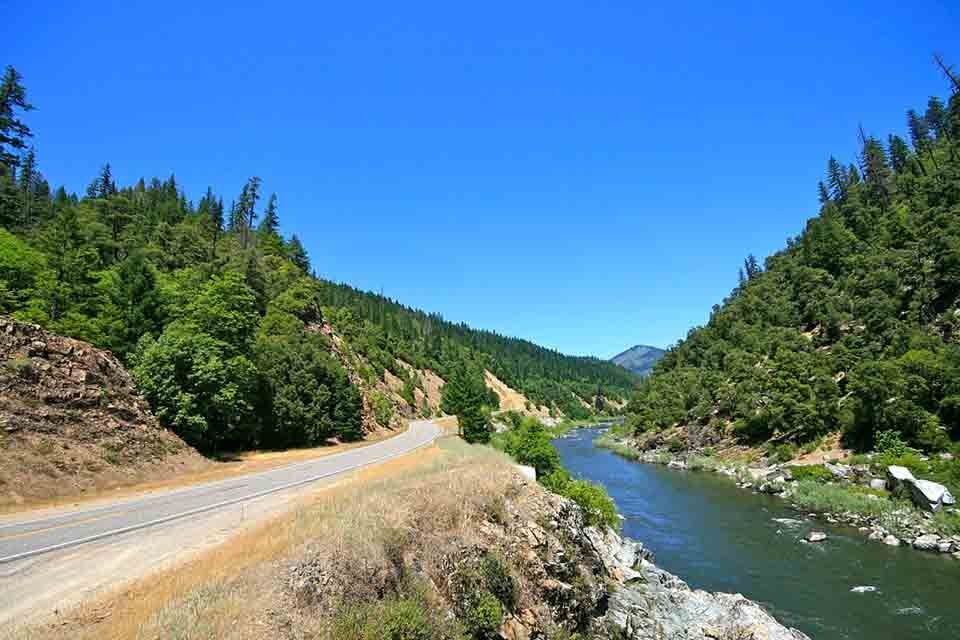Juvenile Chinook Salmon Swimming Through Klamath River Perish In Their Masses

KLAMATH COUNTY, Ore. — The California Department of Fish and Wildlife (CDFW) confirmed that around 830,000 juvenile salmon released from the Fall Creek Fish Hatchery on February 26 turned up dead in the Klamath River over the last week.
Once the third largest salmon-producing river on the West Coast, the Klamath River salmon populations have plummeted since the Klamath River dams were first built. Removal of the dams, dubbed the largest dam removal in U.S. history, the main goal of the project is to reinstate the salmon population in the Klamath River.
Read: Yurok Tribe Celebrates The Return Of Salmon To The Klamath Basin
To date, one dam has been completely removed and another three will be deconstructed later in 2024.
Monitoring data downstream of the dam identified The Chinook salmon fry die-off from the Fall Creek Fish Hatchery. Fall Creek is a tributary of the Klamath River.
Reasons For Fish Dying In Klamath River
In the case of the die-off last week, CDFW says that the mortality does not appear to be related to turbidity or dissolved oxygen water quality conditions in the river that resulted from the decades of sediment washing downstream after the dams were breached. Before the fish were released, the turbidity and dissolved oxygen levels were measured. Both were at suitable levels and healthy Chinook and Coho salmon had been documented downstream of the dam by the agency.
Gas bubble disease is thought to be the cause of the death of the fish in the Klamath River last week. The CDFW’s press release indicated that environmental or physical trauma- often associated with severe pressure change, is why gas bubble disease occurs. This appears to have occurred while the fish were swimming through a tunnel at the base of Iron Gate Dam, the lowest of the four dams earmarked for removal from the river.
Replenishment Of Salmon After Dam Removal
Coming at a sensitive point in the dam removal process, the fish mortality incident follows the recent drawdown of three large reservoirs behind the dams. These drawdowns exposed vast stretches of sticky mud, leading to several deer being trapped in the sludge, some of which were euthanized by CDFW.
Read: Klamath Dam Removal: Loss Of Copco Lake Leaves Some Residents Reeling
Large quantities of mainly non-native fish were also documented dead on the shores of the Klamath River after the reservoirs had drained. The incidents caused an outcry from the local community.
The CDFW release confirmed that the 830,000 juvenile salmon killed over the past week can be buffered by 3.27 million healthy fall-run Chinook salmon currently at the Fall Creek Fish Hatchery. Built as part of the long-term plan to help restore salmon runs on an undammed Klamath River, the new $35 million CDFW hatchery plans to release the fry later this year. According to their statement, the fall-run Chinook will help offset the losses experienced with the first release.
Related: Biden Administration Brokered Salmon Restoration Plan Inked By Tribal Leaders, Kotek And Inslee
Future salmon releases from the hatchery will take place below Iron Gate Dam until after the dam infrastructure is removed later this year to avoid further problems. The CDFW confirmed that the issues at the Iron Gate Dam tunnel are temporary. The agency indicated that these problems are “another sad reminder of how the Klamath River dams have harmed salmon runs for generations.”
